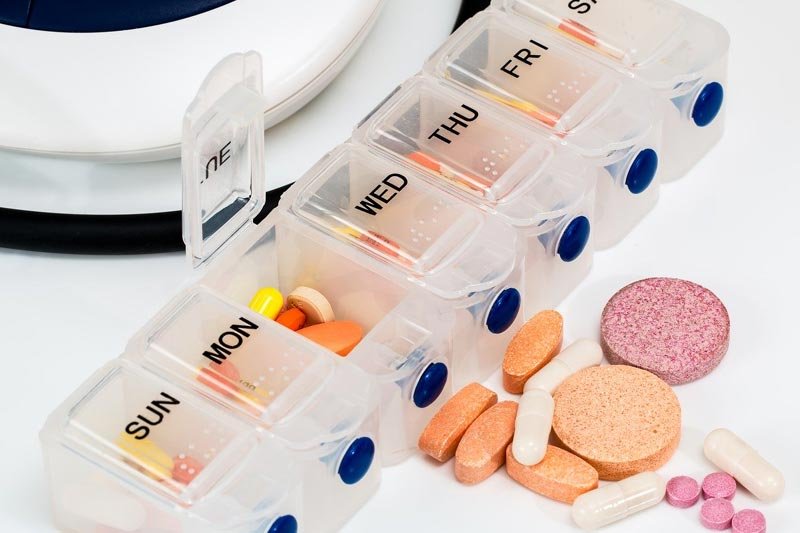5 Common Pharmacy Errors and How to Avoid Them : While it’s not a fun topic to think about or discuss, pharmacy mistakes do happen. Regardless of the cause of the mistake, it’s important to understand that people working in the pharmacy are only human, and there’s always going to be the possibility of an error.
While mistakes can result in the pharmacist making changes that improve processes like the implementation of new rules or equipment, such as a Carousel Medication Dispenser, there is also the possibility of harm or other issues. Getting to know some of the most common pharmaceutical mistakes is one of the best ways to prevent them in the future. Keep reading to learn more.
-
Improper Entry of the Prescription in the System
Transcription errors, such as inaccuracies and omissions make up approximately 15 percent of all prescription dispensing errors. These errors are easy to reduce. To do this, use reliable methods to verify a patient’s identity when the prescription is entered in the computer.
It’s required that two patient identifiers be used for the administration of medications in hospitals. This is an effective way to avoid medication errors related to look-alike or sound-alike names.
-
Not Confirming the Prescription is Complete and Correct
There are some pharmacists who guess when it comes to ambiguous or illegible prescriptions that use nonstandard decimals, acronyms, abbreviations, and call-in prescriptions. If there is ever a question about a prescription, it’s crucial to call the prescriber to clarify any doubts or uncertainties. Any clarification that is gathered from a physician needs to be documented right away. If prescriptions are given orally, they should be transcribed immediately to ensure all the correct information is recorded.
-
Not Noting Sound-Alike or Look-Alike Drugs
Drugs with similar names will account for a third of medication errors. These errors are related to confirmation bias, which is the tendency to interpret information in a manner that confirms a person’s preconceptions and avoids interpretations and information that contradict someone’s prior beliefs. One example of this is a new or unfamiliar drug that is read as one that is more familiar or older. This is a type of error that is often fatal. It’s possible to reduce these errors by putting reminders on the stock bottle or the computer system.
-
Abbreviations and Zeros are Misinterpreted
Faulty units, decimal points, and misplaced zeros are some of the most common causes of medication errors resulting in misinterpretation. If there is a transcription of an interpretation error that involves a decimal point or a zero may result in a patient receiving 10 times more of the medication than what is indicated, which may cause serious consequences. Prevent these errors by using alerts in the computer or by only stocking one strength of the medicine.
-
A Disorganized Workplace
Organizing the work environment, workspace, and workflow is essential and can significantly reduce potential dispensing errors. Factors like a comfortable temperature, humidity levels, plenty of counter space, and proper lighting can help ensure a smooth flow for a person moving from one task to the next.
While most prescription errors are preventable, it’s up to pharmacy staff to take action to prevent the problems and ensure they don’t occur again in the future. This requires time and effort, but it is something that is well worth the trouble in the long run.
Related Videos about Common Pharmacy Errors and How to Avoid Them :
Avoiding Medication Mistakes (Consumer Update)
https://www.youtube.com/watch?v=3TehY1-DQUg
Ten Steps to Ensuring Prescription Safety
When Pharmacy Gives Wrong Medication, Prescription, or Dosage (Simple Guide)
5 Common Pharmacy Errors and How to Avoid Them
how to prevent medication errors in pharmacies, medication errors in pharmacy articles, dispensing errors ppt, pharmacy dispensing error rate, medication errors statistics 2019, handling of prescription and errors in prescription, prescription errors in pharmacy, medication errors in nursing,




